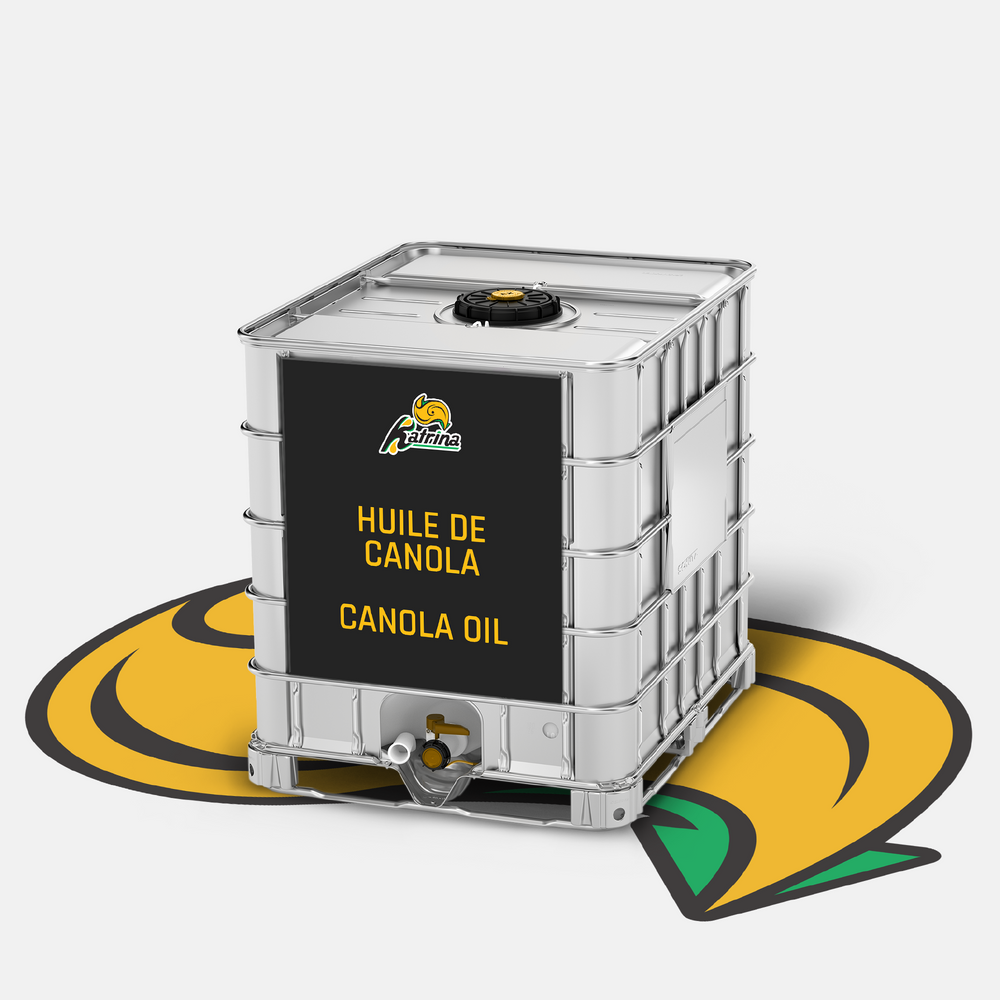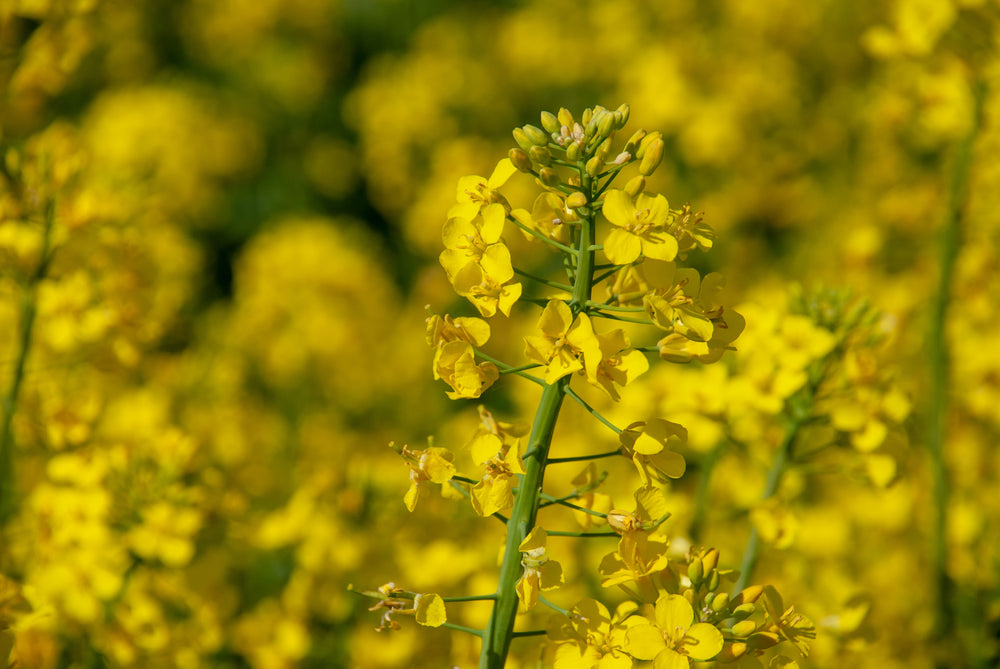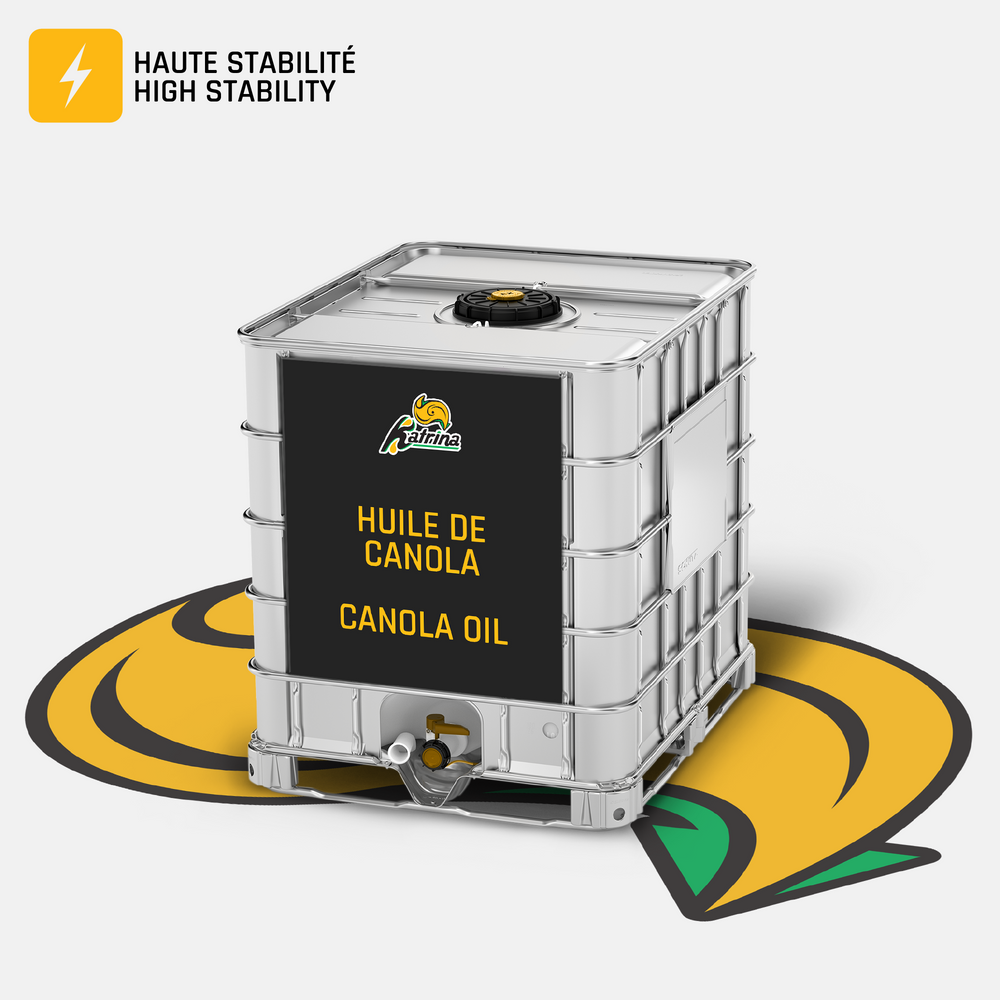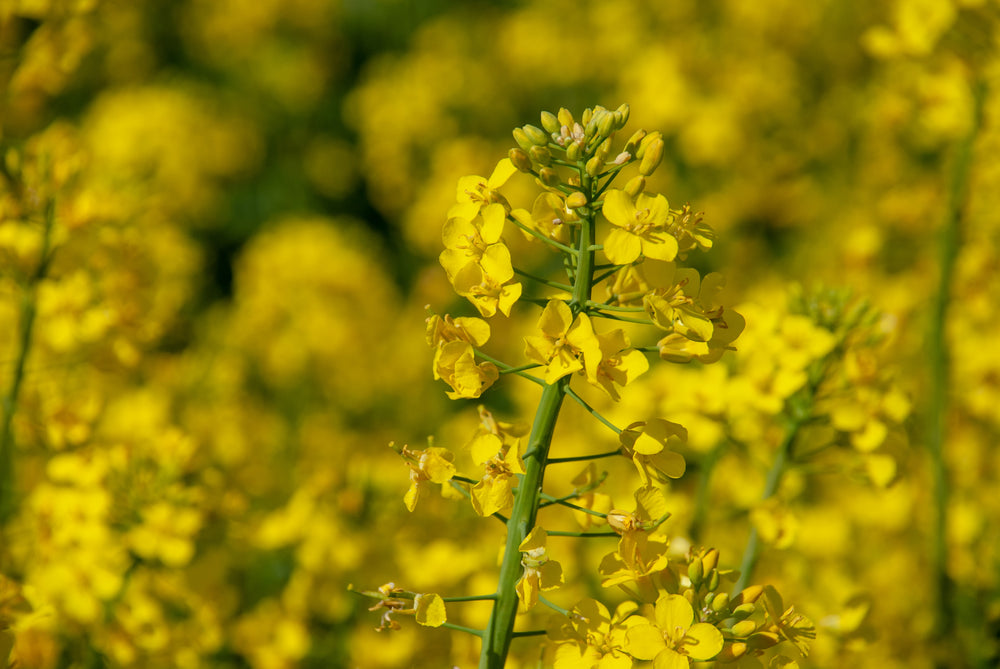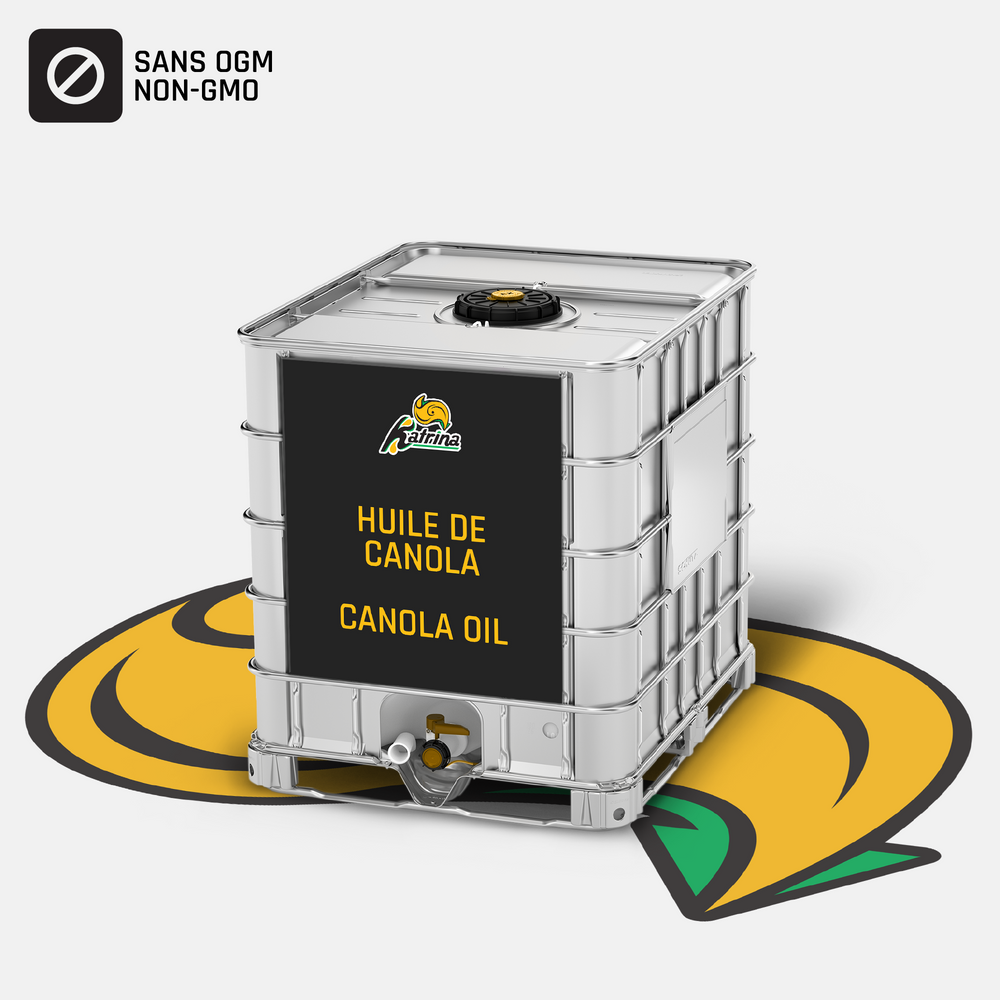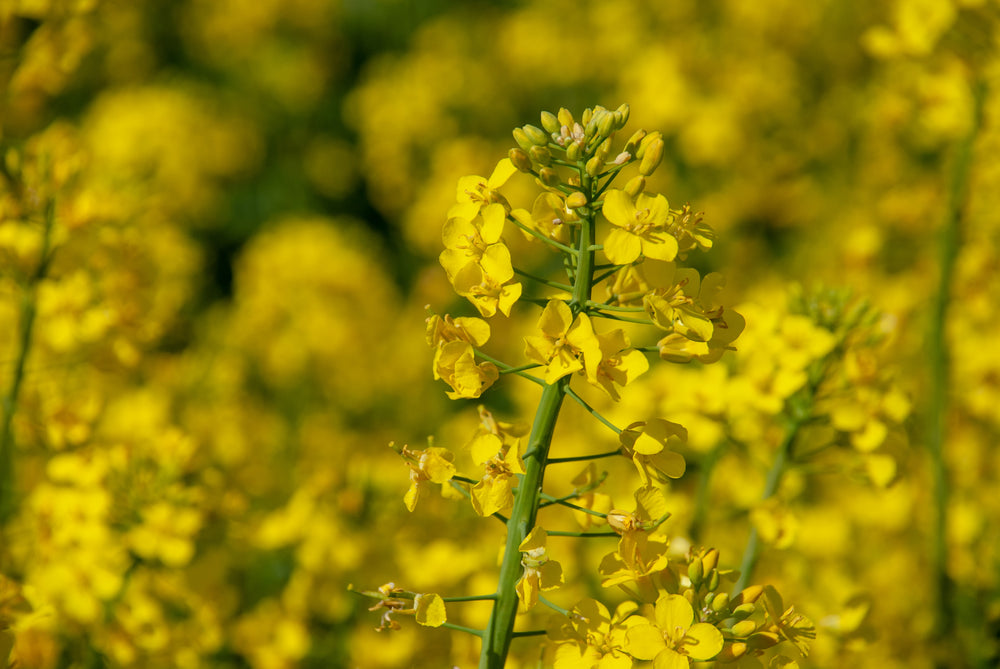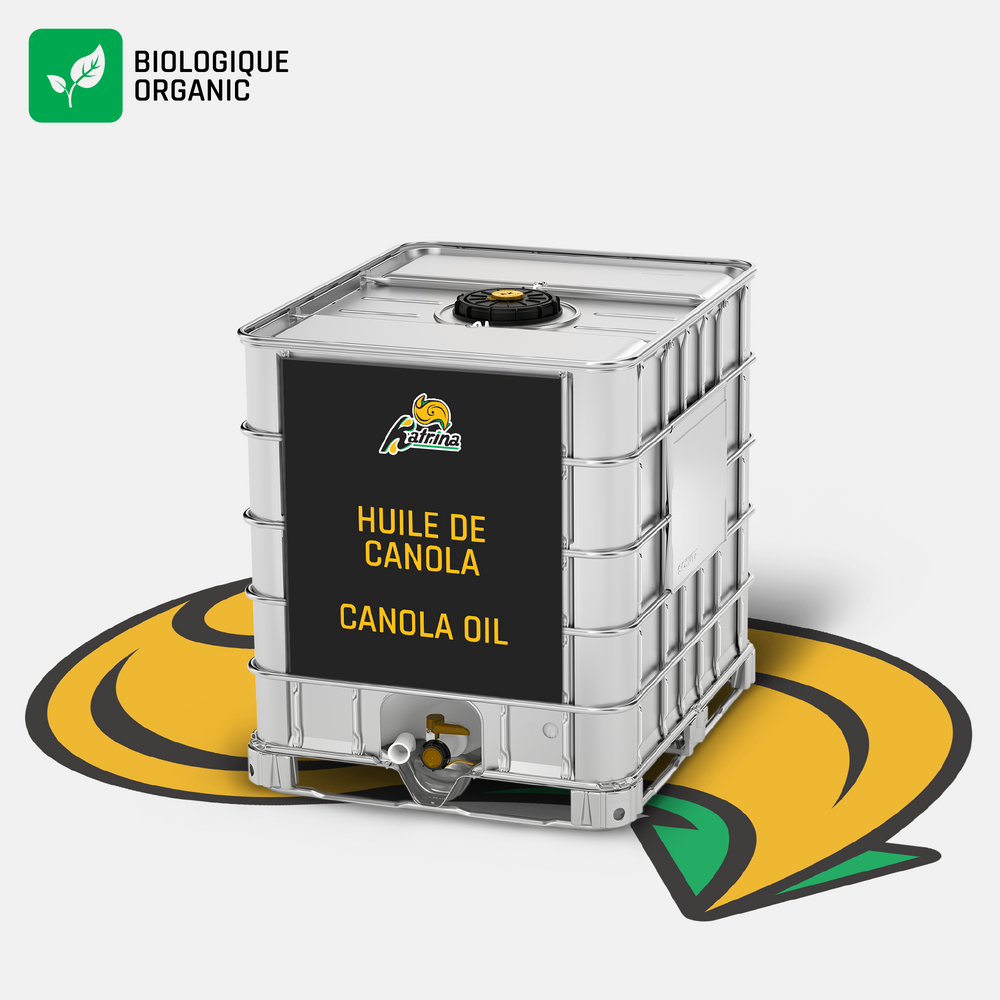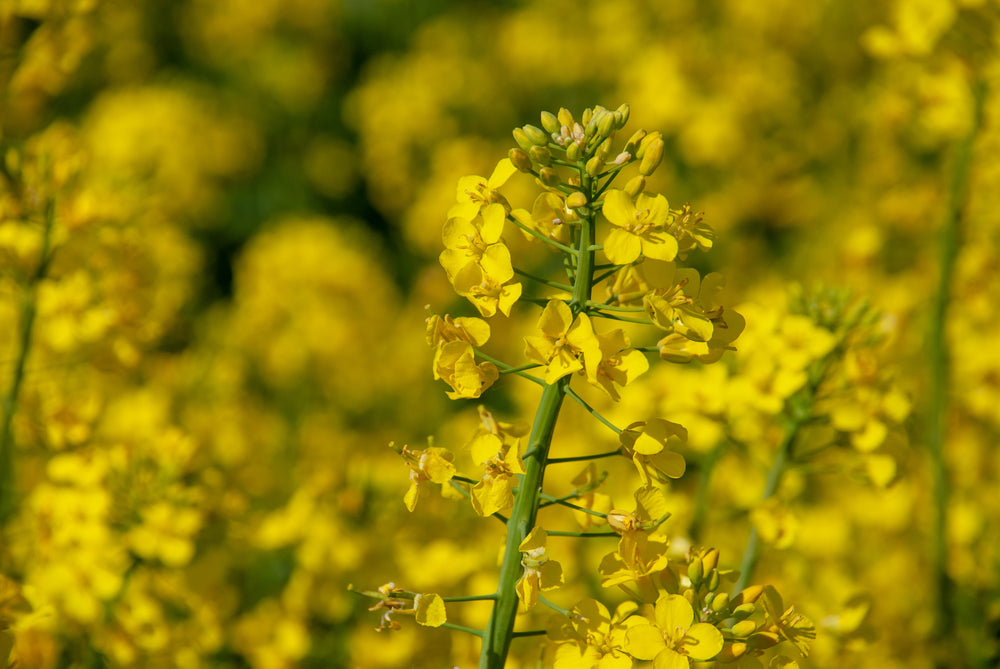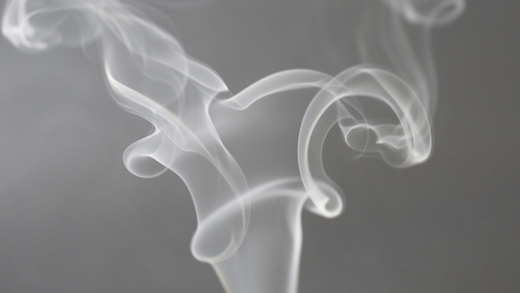Smoking Point for Canola Oil: What Is It & Why Does It Matter?
Canola oil is valued in the food industry for its versatility, low cost, and heart-healthy reputation. But another one of its most notable characteristics is its high smoking point, making it an excellent choice for a wide range of cooking methods. In this guide, you’ll find out the smoking point for canola oil, what it means, and how it stacks up against other types of vegetable oils.
What Is the Smoking Point for Canola Oil?
The smoking point for canola oil is approximately 204°C to 242°C (400°F to 468°F), depending on its level of refinement. This is considered relatively high compared to many other cooking oils. This high smoking point makes canola oil particularly suitable for high-temperature cooking methods.
According to the Canola Council of Canada, “This means it can be used for sautéing and deep frying without fear of the oil smoking or developing significant trans fatty acids when heated at a high temperature.”
Does Canola Oil Have a High Smoke Point?
Yes, canola oil does have a high smoke point. In fact, it ranks among the oils with higher smoking points, making it particularly versatile in the kitchen. To put this in perspective, here's how canola oil compares to other common cooking oils:

Can You Use Canola Oil at 450 Degrees?
Since canola oil's smoke point ranges between 400°F to 468°F (204°C to 242°C) depending on its level of refinement, using it at 450 degrees borders on “too hot”.
A lower-risk option for temperatures close to 450°F (232°C) is high-oleic canola oil. This variety contains a higher concentration of monounsaturated fats, which increases its heat stability and raises its smoke point.
Regular canola oil may break down at such high temperatures, but it’s important to check the specific oil that you are purchasing, as it will have its own specifications based on the unique production process.
Factors Affecting the Smoking Point of Canola Oil
The smoking point of canola oil can be influenced by several factors, which is why it varies slightly based on the production process and the specific supplier.
Here’s what you need to know:
- More refined oils generally have higher smoking points.
- Older oils may have lower smoking points due to oxidation.
- Impurities or additives can affect the smoking point.
It’s always a good idea to speak with your supplier and learn more about the canola oil’s specifications, especially when you’re buying in bulk.
Storage and Maintenance of High Smoke Point Canola Oil
To maintain canola oil's high smoking point and prevent premature degradation:
- Store in a cool, dark place
- Keep away from direct sunlight
- Use an airtight container
- Check for rancidity before use
For more information on cooking oils, check out our guide to healthy cooking oils or find out more about how to safely store your bulk canola oil.

